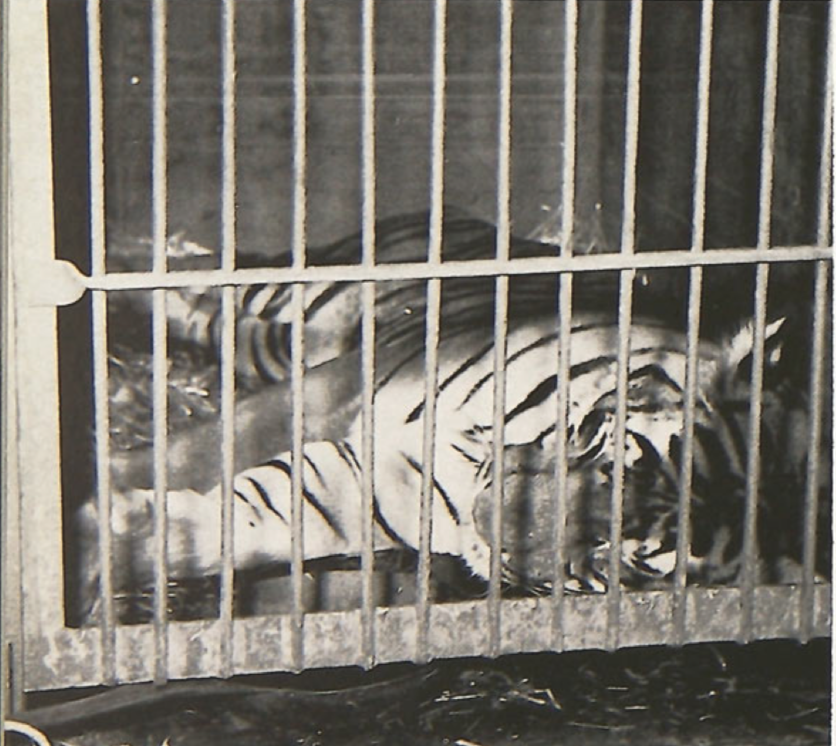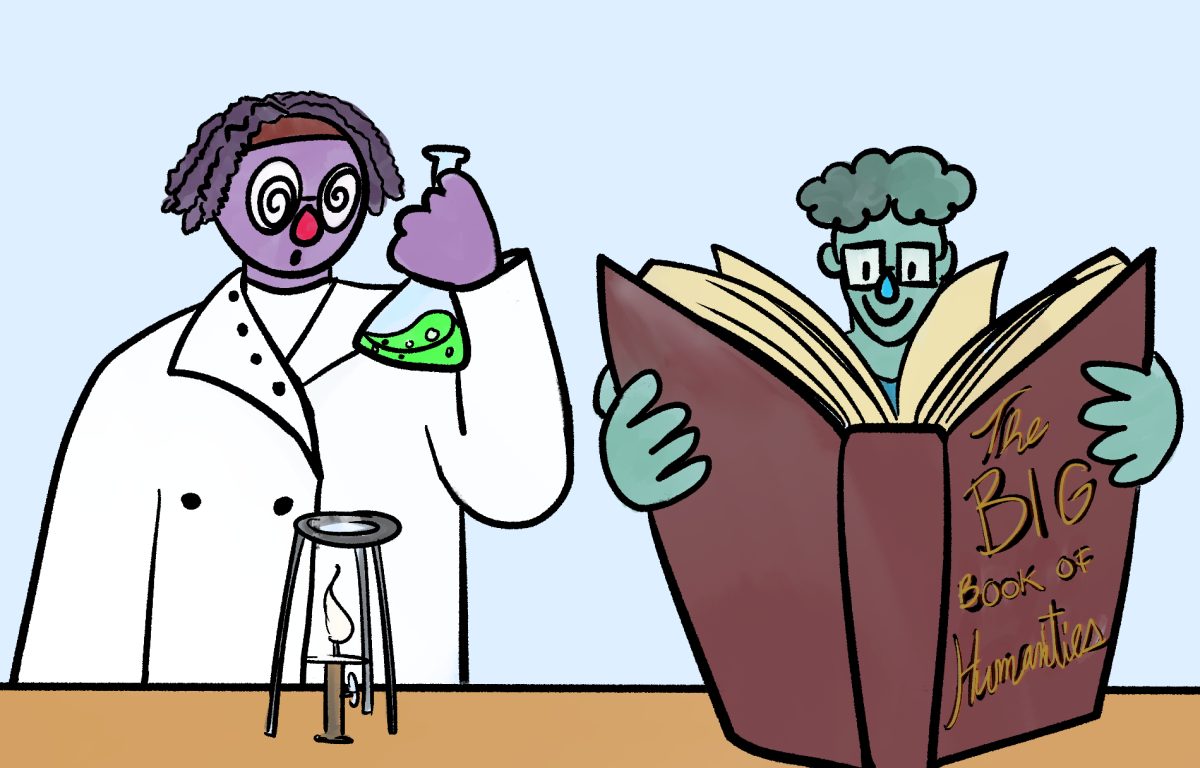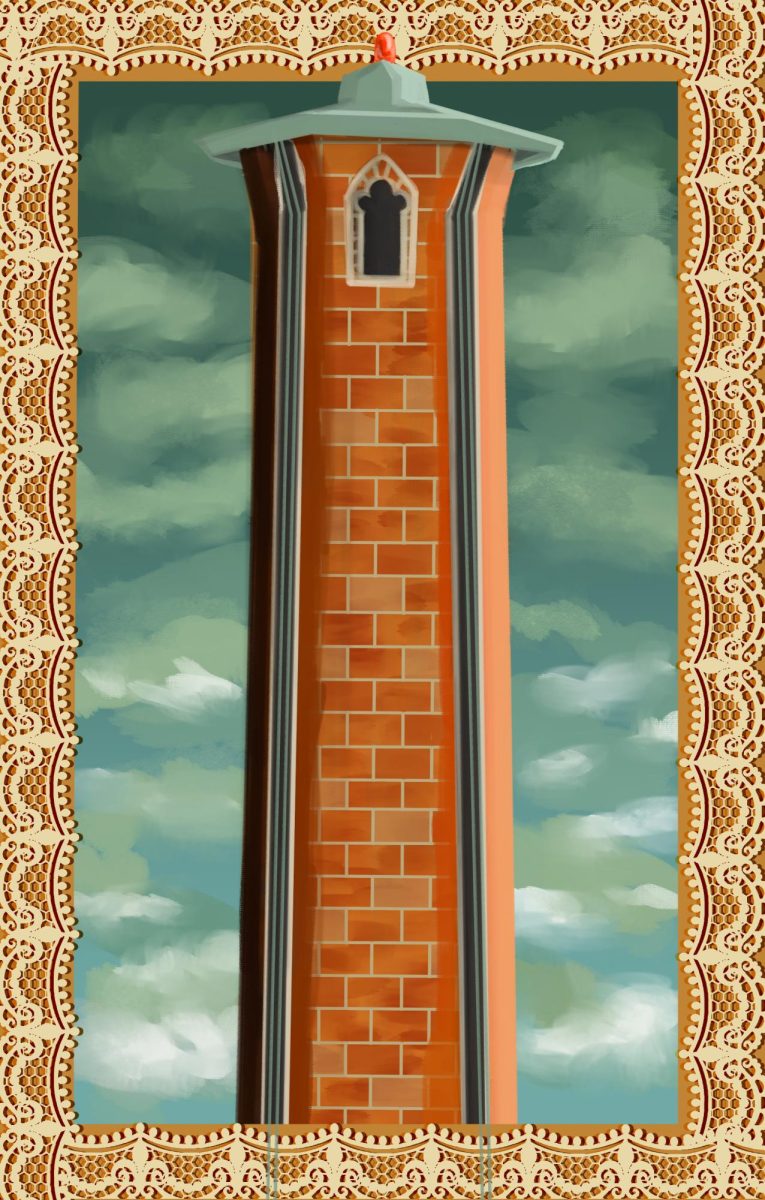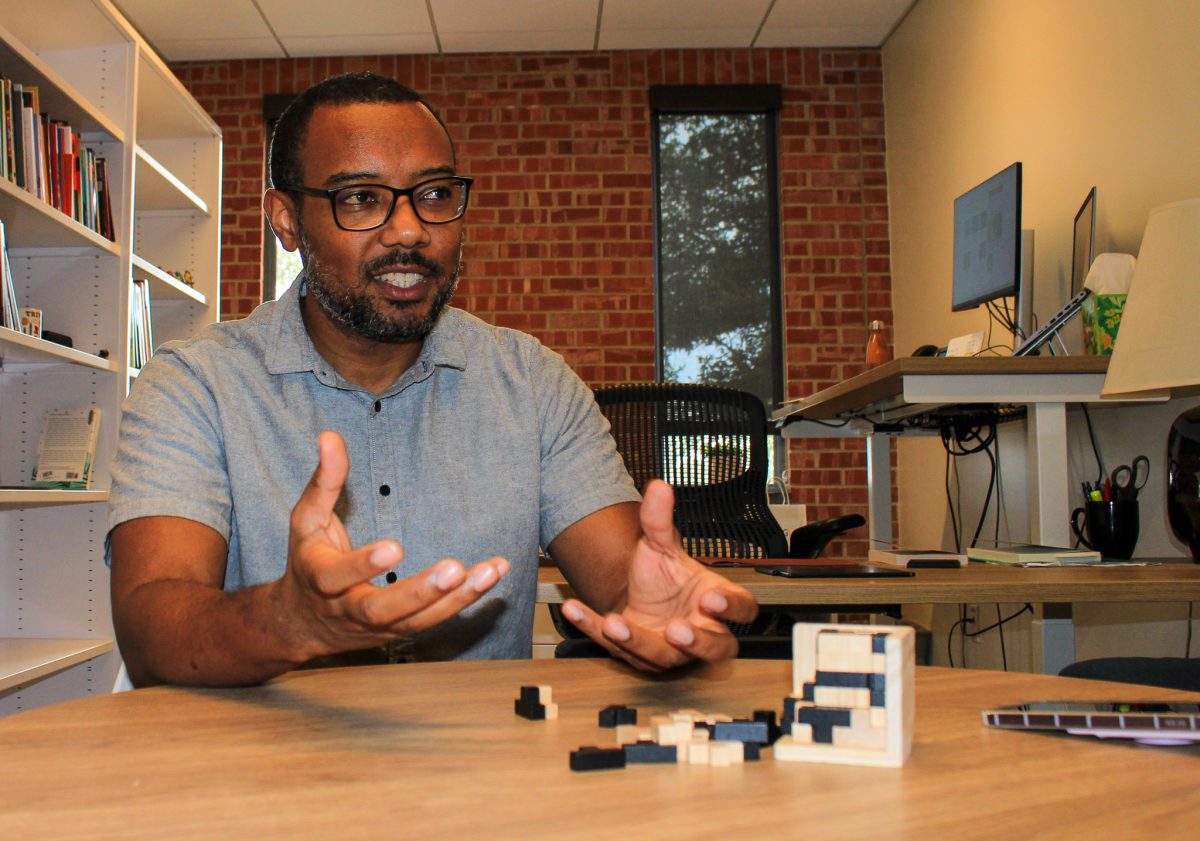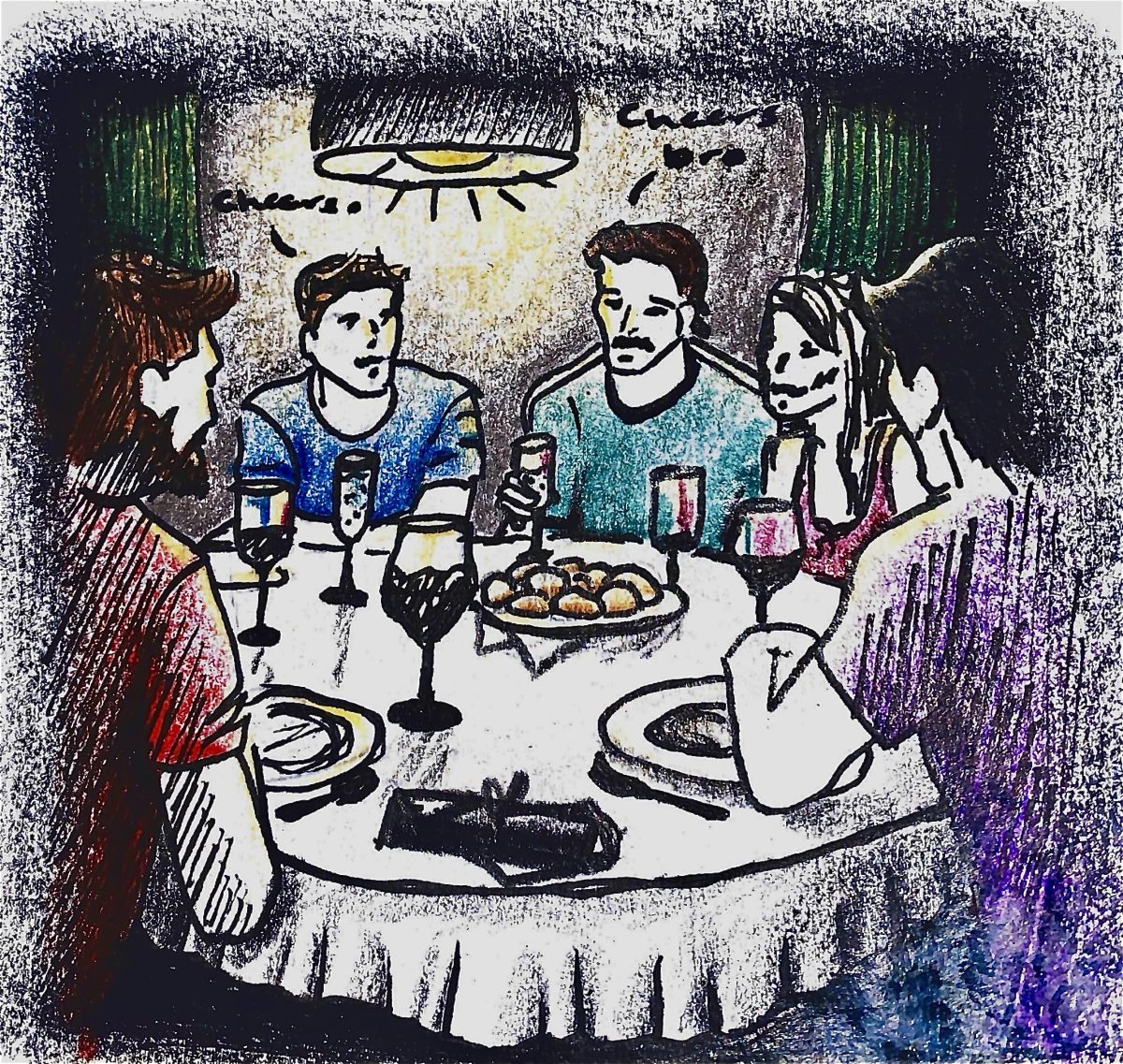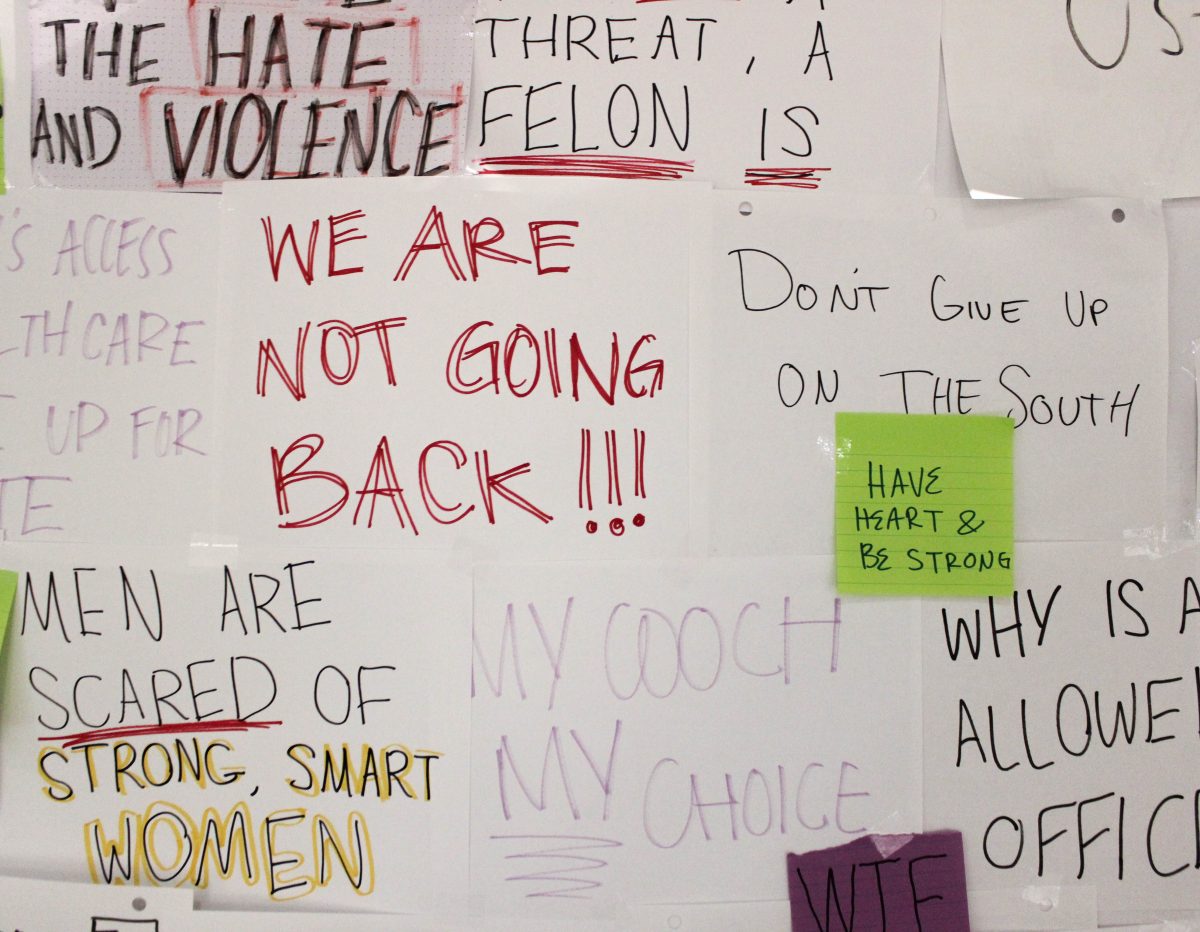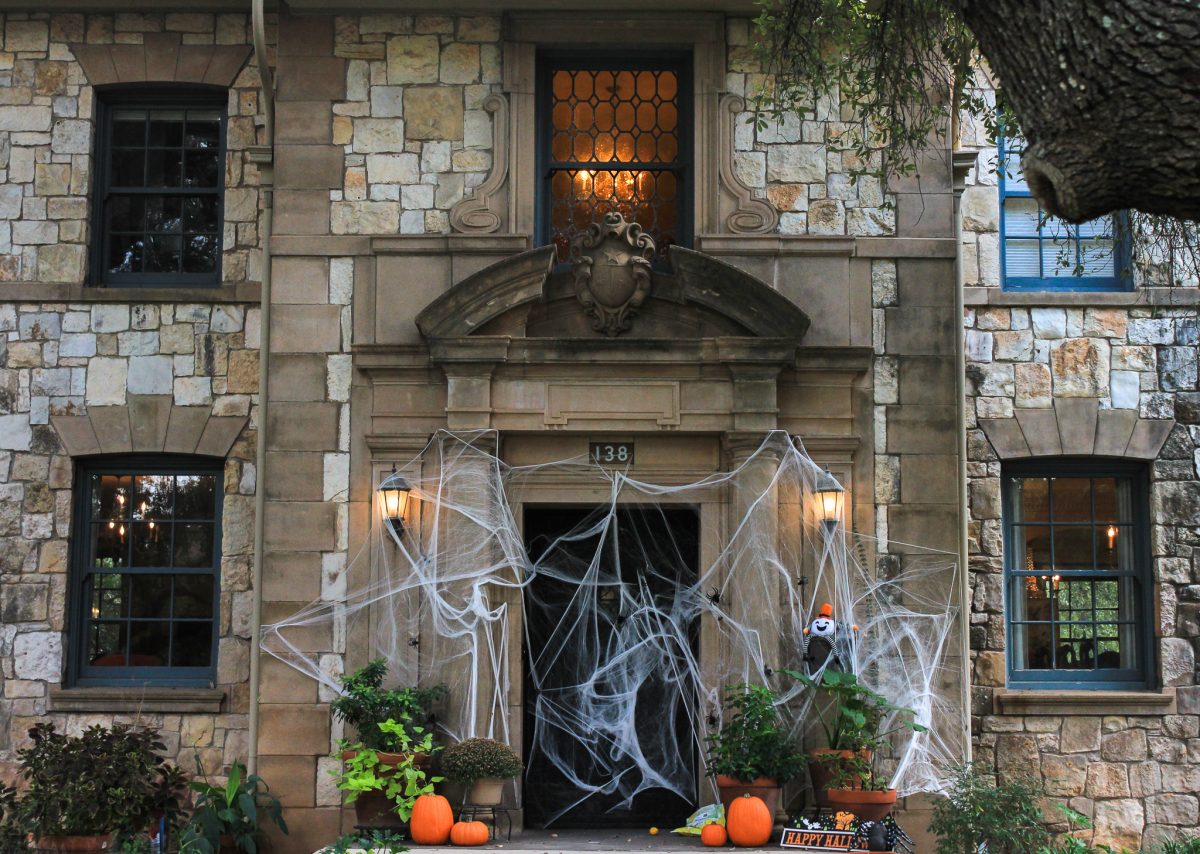File photo
LeeRoy the Tiger was first introduced to Trinity in 1953. Lee Roy Pletz, a local builder and developer, purchased and flew in the live Bengal tiger, who was named in honor of his donor.
Trinity was looking to establish a mascot to increase school spirit in regard to sports, especially football. Trinity presidents Leonidas C. Kirkes and Archelaus E. Turner in the early 20th century made an effort to promote and expand intercollegiate sports as a way to publicize the university and attract students and donors.
Trinity’s move from the Tehuacana to the Waxahachie campus in 1902 was also a big influence in athletics as the town was very interested in football.
“You know, that’s not part of the era of when a lot of the people who run the colleges thought athletics was a frivolous activity. You know, they put students away from their work,” said Douglas Brackenridge, Trinity historian. “And so Trinity never had an intercollegiate athletic team until 1900.”
Now that interest in sports had been established, Trinity needed a mascot. LeeRoy’s first public appearance at Trinity was at a football game in September of 1953 where Trinity played against Southwestern State Teachers College. LeeRoy appeared at football games inside of a display cage, where after touchdowns, he was escorted around the track by the Bengal Lancers Fraternity. LeeRoy also attended pep rallies to promote school spirit.
“Football is where it was really the big thing, but then over time, you know, you got LeeRoy in all kinds of photos and all kinds of promotions,” Brackenridge said.
Trinity was using its third mascot, LeeRoy III, in 1973 when the Endangered Species Act was passed. Bengal tigers were listed as endangered in 1970, and the Act made ownership of endangered species illegal except for zoos and certain foundations. This put an end to LeeRoy III being brought to football games. The activity at football games was often overstimulating for the tiger, and zookeepers were scared that the tiger would hurt someone.
“Bringing the tiger out and speeding the tiger around, the poor tiger. They had to sedate the tiger because it got too upset,” Brackenridge said.
In a Trinitonian article from Nov. 3, 1978, student Carolyn Greer remembered LeeRoy’s temperament and how it varied.
“Sometimes he would pace and pace. If the crowds were good he would pace. If they were docile he just sat there,” Greer said.
The LeeRoy mascot costume began appearing at games in 1978. The mascot’s costume was shabby, but it evolved over time.
Within the last five years, Trinity has undergone a process of revamping and rebranding LeeRoy as our mascot. Michelle Bartonico, assistant vice president for Strategic Communications and Marketing, led the initiative to revitalize LeeRoy and Trinity’s school spirit.
“A few years ago, there was a push to revitalize the mascot and school spirit. It was less about imposing this on the campus community and more about seeing that there was a desire to rally around something. To have a sense of pride,” Bartonico wrote in an email interview.
A large part of revitalizing LeeRoy was letting the Trinity community decide what he meant to them. This involved letting the community decide on how they want to showcase their “Tiger Pride” for Trinity and LeeRoy.
“Of course, this notion of tiger pride is also used for athletics but it just showed that the community was proud of many things, and LeeRoy naturally became a physical symbol of that,” Bartonico wrote. “He began making appearances at events and we started just naturally incorporating him.”
Many Trinity alumni, students and faculty have worn the LeeRoy costume. Brackenridge himself once wore the LeeRoy costume during the Battle of the Flowers Fiesta Parade.
“I enjoyed it. I have a lot of fun doing that. And the reaction of the crowd, you know, but you see the photos and the people really loved it. I mean, I think that was a big boost for our parade. Not only the big tiger, but the fact that we have that Mascot tiger,” Brackenridge said.
According to Brackenridge, the tiger mascot has united the Trinity community and helped to soften Trinity’s image. Oftentimes Trinity was viewed by San Antonio as being inside its own bubble, but LeeRoy helped to break that barrier.
“We have been viewed up here on the hill as kind of isolated from the rest of the town, you know, the little bubble up on the hill,” Brackenridge said. “And I think the tiger has helped soften our image and make us visible. You know, that this is who we are. We’re the Tigers and the tiger comes across as a diverse, friendly, open and warm kind of figure.”
Strategic Communications and Marketing now plans to have LeeRoy attend more sporting, student and alumni events.
“Unlike many mascots that are almost exclusively associated with athletics, LeeRoy is ‘owned’ by everyone,” Bartonico wrote.

